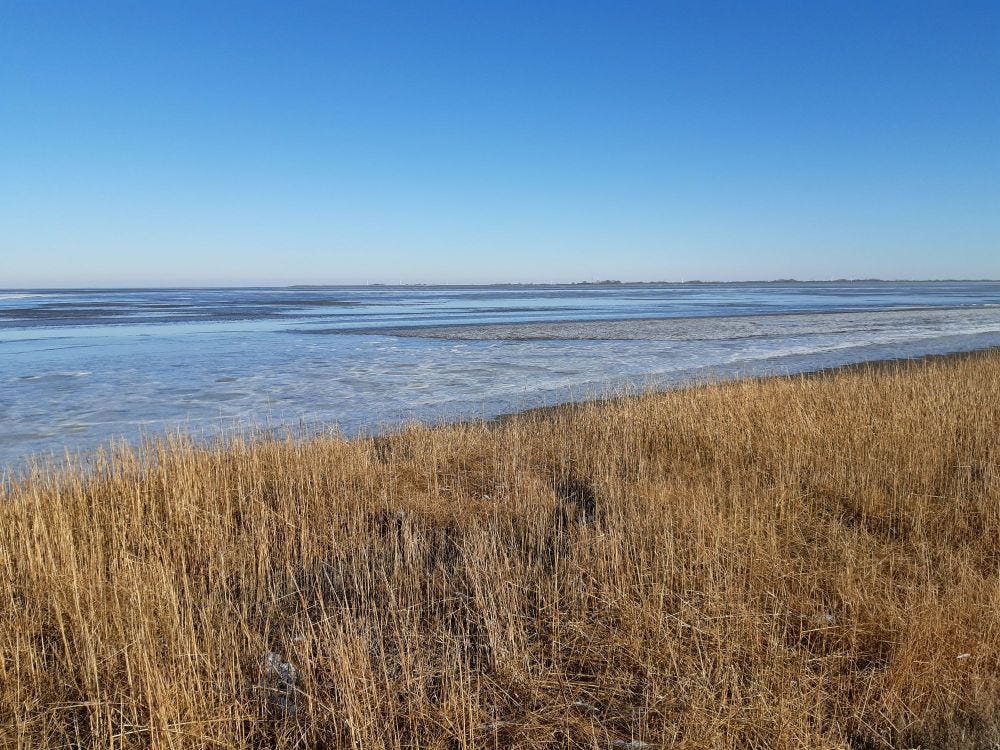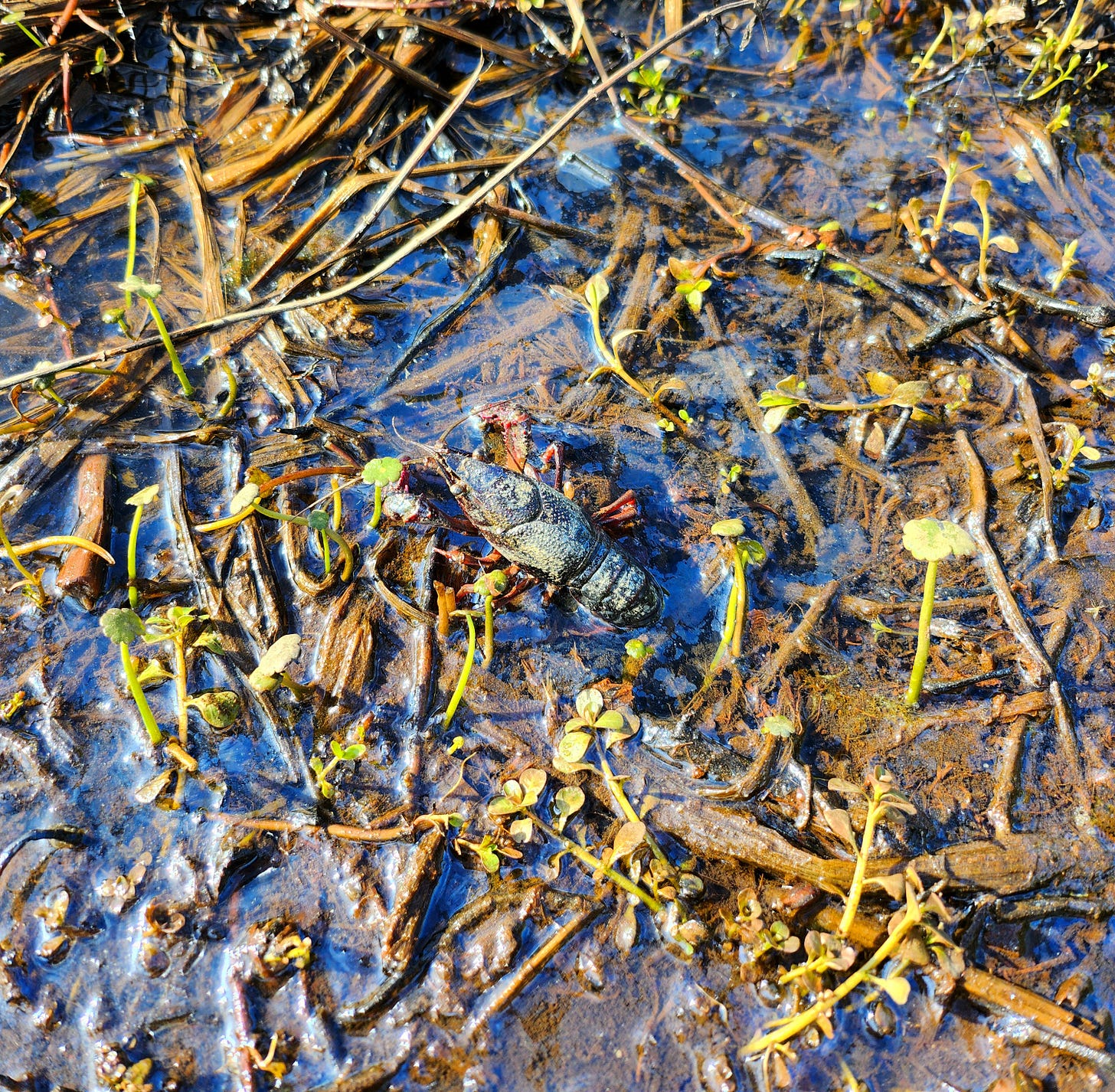Reading the Warning Signs
Ecosystem indicators that define healthy wetlands can help determine when another is struggling. Also, a new poetry section.
Structure, function, and resilience. Those were the indicators of Densu Delta wetland’s decline in 2017, according to scientists at the University of Cape Coast in Ghana. To understand the ecosystem structure, fragmentation, heterogeneity (i.e., diversity within a landscape), artificial versus natural surfaces, and vegetation height were considered. Ecosystem function was inferred from the vegetation composition, provided by remotely-sensed measurements of the Normalized Difference Vegetation Index.
Other methods include more hands-on work. For instance, calculating the Index of Biological Integrity in a shallow water estuary would require surveys of shoreline land uses, shoreline structures, subtidal habitat (e.g., woody debris, submerged aquatic vegetation), and communities of fish or other benthic species.

Knowledge of a specific area and its typical animal inhabitants can be extremely helpful. A study conducted by scientists at the Universities of Minnesota and Wisconsin revealed that Least Bitterns and Wood Ducks frequented riverine wetlands, while American Goldfinches preferred barrier-protected wetlands, and Song Sparrows leaned towards exposed lakesides. Breeding wetland birds gravitated towards areas with low residential, commercial, industrial, and road coverage along the coasts of North America’s Great Lakes. Specific bird communities also aligned with tree composition (e.g., mixed forest versus broadleaf), wetland type (lakeside, riverine, and lakeside with a natural or constructed barrier), and specific lakes within the chain of Great Lakes.
Poems from the Swamps
Listening on Re-peat
Flux measurements from a bison herd provide new information on regenerative agriculture. Season One, Episode 2 of Meet the Fluxers highlights a collaborative effort in Oklahoma to track the environmental impacts of Bison roaming on Cheyenne and Arapaho tribal lands. Listen to learn more or read the transcript.

